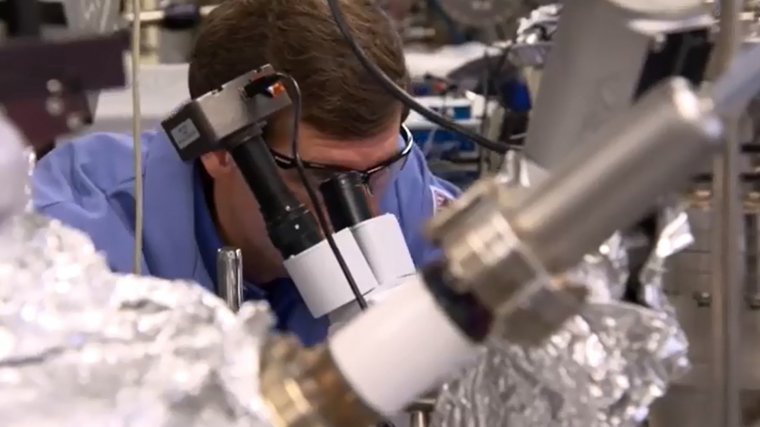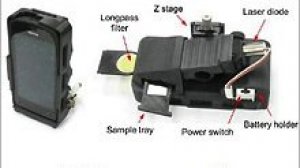| News / Science News |
Materials for the next generation of electronics and photovoltaics
One of the longstanding problems of working with nanomaterials--substances at the molecular and atomic scale--is controlling their size. When their size changes, their properties also change. This suggests that uniform control over size is critical in order to use them reliably as components in electronics.

Mark Hersam, a professor of materials science engineering, chemistry and medicine at Northwestern University, has developed a method to separate nanomaterials by size, therefore providing a consistency in properties otherwise not available. Photo: MacArthur Foundation.
Mark Hersam, a professor of materials science engineering, chemistry and medicine at Northwestern University, has developed a method to separate nanomaterials by size, therefore providing a consistency in properties otherwise not available.
Moreover, the solution came straight from the life sciences--biochemistry, in fact. The technique, known as density gradient ultracentrifugation, is a decades-old process used to separate biomolecules.
The scientist theorized correctly that he could adapt it to separate carbon nanotubes, rolled sheets of graphene (a single atomic layer of hexagonally bonded carbon atoms), long recognized for their potential applications in computers and tablets, smart phones and other portable devices, photovoltaics, batteries and bioimaging.
The technique has proved so successful that Hersam and his team now hold two dozen pending or issued patents.
One property that distinguishes these materials from traditional semiconductors like silicon is that they are mechanically flexible. "Carbon nanotubes are highly resilient," Hersam says. "That allows us to integrate electronics on flexible substrates, like clothing, shoes, and wrist bands for real time monitoring of biomedical diagnostics and athletic performance. These materials have the right combination of properties to realize wearable electronics."
He and his colleagues also are working on energy technologies, such as solar cells and batteries "that can improve efficiency and reduce the cost of solar cells, and increase the capacity and reduce the charging time of batteries," he says. "The resulting batteries and solar cells are also mechanically flexible, and thus can be integrated with flexible electronics." (Source: NSF)
YOU MAY ALSO LIKE





